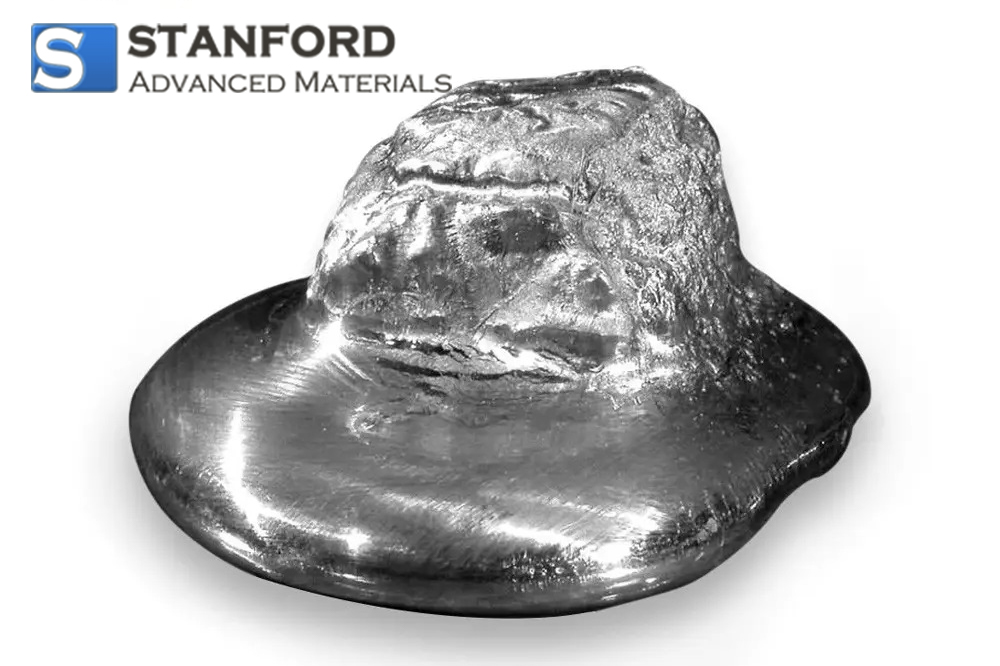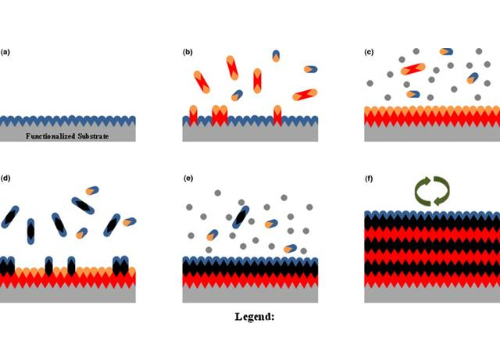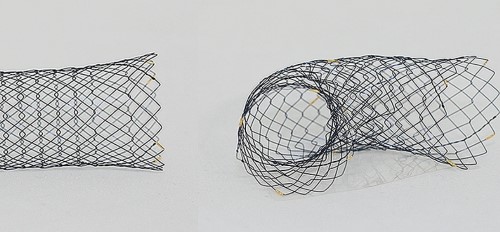Stanford Advanced Materials Partners with Corridor Crew to Recreate Iconic Liquid Metal Terminator 2 Effect
Stanford Advanced Materials (SAM) is pleased to announce our recent collaboration with the popular YouTube special effects team, Corridor Crew, supporting them in recreating the iconic liquid metal effect from Terminator 2. With over 6.5 million subscribers, Corridor Crew is renowned for its creative analysis of movie effects. For this project, team member Wren set out to recreate the T1000’s liquid metal effect using real gallium metal, made possible through SAM’s material support.
The Creative Request and Partnership Agreement
In his initial request, Wren shared his unique idea: “I’m trying to do the liquid Terminator effect from T2 but practically, using a miniature gallium casting of my head. The idea is to melt the gallium with heat lamps, then reverse the footage to have it ‘form up.’”
When SAM received this request, the team immediately recognized the creativity of Wren’s proposal. After a thorough internal evaluation, SAM determined that supporting this unique project would not only showcase the applications of gallium but also introduce its unique properties to a wider audience.
Support and Project Execution
After careful consideration, SAM decided to back this experimental project, providing Corridor Crew with 3 kilograms of gallium. This allowed them to attempt the effect practically, without relying on CGI. SAM emphasized safety guidelines for handling and managing the gallium during the entire project to ensure that the material would be effectively preserved and returned after use.
Project Results and Impact
In the final video, Wren and the Corridor Crew team showcased the key role that SAM’s gallium played in bringing the special effect to life. Wren expressed his gratitude in the video, saying, “Out of everyone I reached out to, only Stanford Advanced Materials showed any interest, and they made this whole thing possible.” Thanks to SAM’s gallium, the Corridor Crew team successfully recreated the liquid metal effect, evoking the classic scene from Terminator 2.
This collaboration introduced many viewers to the unique properties and potential applications of gallium metal, highlighting SAM’s active commitment to material science and innovation. SAM remains dedicated to providing high-quality metal materials and technical support across industries, and we look forward to continuing our support of creative projects that drive forward material science and inspire new applications.





